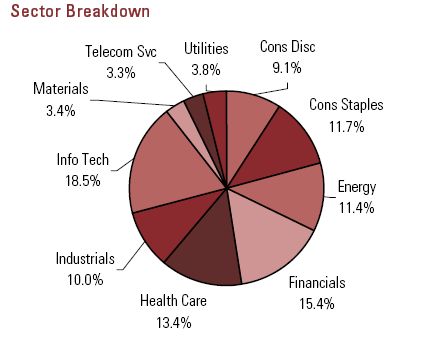Benchmark Funds is launching the first international ETF in India: the Hang Seng BeES ETF. This is an ETF that will track the Hang Seng Index of Hong Kong by investing in stocks in the same proportion as the Hang Seng Index. The Hang Seng Index has 42 constituents, and a few are well known in India like HSBC Holdings, Hutchison Whampoa and Cathay Pacific. The ETF may also invest in mutual funds or ETFs that track the Hang Seng themselves.
This is a passive fund, which means that it will try and replicate the returns of the Hang Seng index rather than actively manage and beat them. However, due to fees and other factors, it will not be able to track the index returns exactly.
The expense ratio of the Hang Seng BeES ETF is expected to be 1.50% of weekly net average assets which is a tad high for a passive fund by international standards, but in India the expense ratios tend to be higher.
Keep in mind that this fund might invest in other ETFs and mutual funds, so in a way you might have to pay the expenses of this fund, and then indirectly the expenses charged by the ETFs and mutual funds owned by this fund.
The other thing to keep in mind is that since this ETF invests in foreign securities, – you are subject to foreign exchange fluctuation risk in addition to the usual risks you face while investing in equities.
It is interesting to note that ETFs are entering the International space too; in the past I have written about the MIRAE Asset Korea Discovery Fund and there have been other mutual funds that offered international exposure, but this is probably the beginning of a new trend of International ETFs in India.
Disclosure: This is just a summary of the Hang Seng BeES ETF, and is not a buy or sell recommendation.

